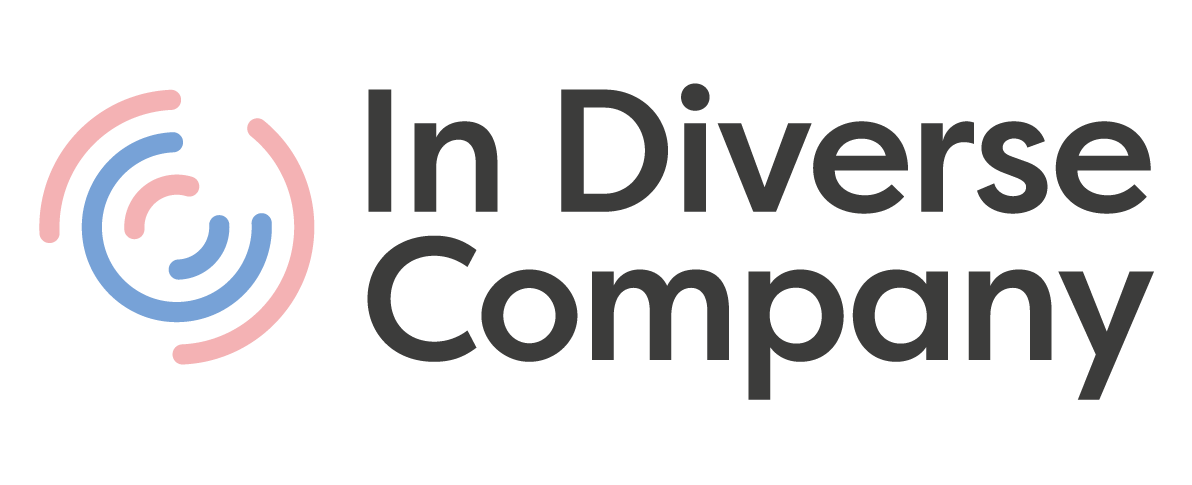By Jai Thade, Content Designer
The velocity at which we record data has increased exponentially. Some estimates say two and a half quintillion bytes (or 2,500,000,000,000,000,000 bytes of data) are generated by humanity every day!
“Big Data” has allowed businesses and government entities to reshape their practices around data analytics, the perspective it offers, and even reshape their business model – but where do we start in using data to inform and measure diversity and inclusion? While there are many statistics around diversity data can we even begin to put a value on inclusion?
While data is undoubtedly a valuable commodity, there are a few caveats about its value straight away. Its value depends on:
1. How accurate the data is
2. How comprehensive the data is
3. How the data is analysed & interpreted.
4. How the data is put to use
Also, when we’re talking about the type of data, here’s a big myth that it is essential to bust: Data does not have to mean numbers. We all skew naturally towards numbers because they seem to be more tangible, more “real”. Graphs, models and tables of numbers sometimes satisfy the part of us that desires certainty.
So in order to fully understand what the data that are organisations are collecting and measuring are telling us, it is essential when setting inclusion and culture strategies that we really understand how and why data is being collected and is it being utilized effectively in order to generate the best insight.
Diversity data is being used by many businesses today to understand corporate culture and whether everyone is treated fairly. Measuring diversity is useful to describe representation within the business, but it does not tell the full story.
We also need to consider inclusion, which tells us how employees actually feel. Do individuals with different backgrounds feel culturally and socially welcomed? Do they feel they have the same opportunities? By measuring inclusion, we learn about employee wellbeing, attitudes, and behaviours; it often helps explain underlying causes for observed diversity statistics.
Anil Jalali, Executive Coach and Independent Human Resource Advisor (previously CHRO – Capgemini India), comments: “Inclusion is about making conscious efforts of weaving an organisational fabric that welcomes, nurtures and leverages diversity. Measuring diversity and inclusion and empowering managers with actionable data & insights is at the heart of reaping the business benefits of a diverse workforce.”
Using diversity data alone often leads to quota-based strategies focused only on boosting the diversity numbers, rather than a genuine approach to improve employee wellbeing. By measuring inclusion too, businesses allow employees to feel accepted, ensure equal opportunities and develop a more inclusive culture throughout the organisation.
Sunita Cherian, Senior Vice President HR – Wipro, adds: “With the world of work rapidly changing and digital technologies being the heart of everything we do, fostering an inclusive culture is key to building a purposeful and an engaged organization. It is imperative to understand the interplay of workplace dynamics that enables an organization to become more inclusive. Hence, data insights become the litmus test empowering the organization to keep the inclusion agenda right at the center of its talent strategy”.
While there are a lot of ways data can be used to create a competitive advantage in business, It’s important to remember that data’s power does not erase the need for vision or human insight. It merely augments it.
On Tuesday 21st April 6pm (IST) along with our CEO, Johanna Beresford, Anil Jalali and Sunita Cherian are taking part in the first of our two webinars on the topic Data, Inclusion and Culture. They will answer questions including ‘How can organisations collect and use data more effectively in order to create measurable inclusive cultures?’ and will be sharing further insights and practical examples.






